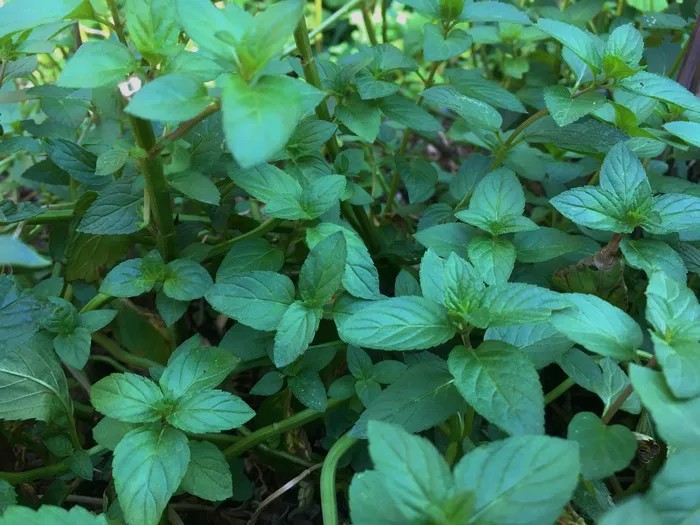Gnats, those pesky flying insects that seem to appear out of nowhere, can quickly become a nuisance for plant owners. These tiny creatures are not only bothersome but can also cause damage to plants if left unchecked. Understanding the root causes of gnat infestations is crucial for effective pest management and maintaining the health of your plants. In this article, we delve into the various factors that contribute to gnats in plants and explore strategies for prevention and control.
1. Moisture: A Breeding Ground for Gnats
One of the primary reasons gnats thrive in potted plants is excessive moisture. Overwatering or poor drainage can create the perfect environment for gnats to reproduce. Gnats lay their eggs in moist soil, where larvae hatch and feed on organic matter. As the larvae develop into adults, they continue to seek out moisture sources, perpetuating the infestation cycle.
To combat gnat infestations stemming from moisture, it’s essential to practice proper watering techniques. Allow the top layer of soil to dry out between waterings, ensuring that excess water can drain freely from the pot. Additionally, consider using pots with drainage holes and avoid leaving standing water in saucers or trays beneath the plants.
2. Organic Matter Decomposition
Decaying organic matter in soil serves as a food source for gnat larvae. As organic materials, such as fallen leaves or decomposing plant debris, accumulate in the soil, they provide an ideal habitat for gnats to thrive. Moreover, over time, organic matter breakdown releases nutrients into the soil, promoting plant growth but also attracting gnats to the area.
To minimize the presence of gnats attracted to organic matter, regularly remove fallen leaves and dead plant material from the soil surface. Consider incorporating composting practices to manage organic waste effectively and prevent it from becoming a breeding ground for pests.
3. Overcrowded or Compact Soil
Poor soil aeration resulting from compacted or overcrowded soil can contribute to gnat infestations in plants. Compacted soil restricts oxygen flow to plant roots, leading to conditions conducive to fungal growth and decomposition. As a result, gnats are drawn to the decomposing organic matter and the moisture trapped within the soil.
To address soil compaction issues, periodically aerate the soil by gently loosening it with a fork or aerating tool. This process improves soil structure, enhances drainage, and creates a less hospitable environment for gnats and other pests. Additionally, consider repotting overcrowded plants to provide ample space for root growth and better airflow within the soil.
SEE ALSO: What Plants Love Coffee Grounds? All You Need to Know
4. Temperature and Humidity
Gnats are most active in warm, humid environments, making indoor plants particularly susceptible to infestations. High temperatures and humidity levels create favorable conditions for gnat reproduction and accelerate the development of larvae into adult insects. Moreover, indoor environments often lack natural predators that help control gnat populations outdoors.
To mitigate gnat infestations resulting from temperature and humidity, maintain optimal growing conditions for your plants. Keep indoor spaces well-ventilated and monitor humidity levels using a hygrometer. If necessary, use dehumidifiers to reduce excess moisture in the air and create a less hospitable environment for gnats to thrive.
5. Introduction of Infested Plants or Soil
Introducing infested plants or soil into your home or garden can quickly lead to gnat infestations spreading to healthy plants. Adult gnats can lay eggs in the soil of newly acquired plants, and larvae may already be present in the potting mix. Similarly, using contaminated soil or compost in your garden can introduce gnat eggs or larvae, initiating an infestation.
To prevent the introduction of gnats through infested plants or soil, inspect new plant purchases carefully before bringing them indoors. Look for signs of gnats, such as flying insects around the plant or soil surface. Quarantine newly acquired plants until you can confirm they are free of pests, and consider repotting them with fresh, sterile soil to eliminate any existing infestations.
6. Lack of Natural Predators
In outdoor environments, natural predators such as predatory mites, nematodes, and certain bird species help control gnat populations by feeding on larvae and adults. However, indoor plants may lack these natural predators, allowing gnat populations to multiply unchecked. Without effective predation, gnats can quickly become a persistent problem for indoor gardening enthusiasts.
To address gnat infestations resulting from a lack of natural predators, consider introducing beneficial insects or predatory organisms to your indoor garden. Predatory mites, for example, are effective at controlling gnat larvae in soil, while parasitic wasps target adult gnats. Alternatively, encourage natural predators such as spiders or ladybugs to inhabit your indoor garden space.
Conclusion
Gnats in plants can be a frustrating and persistent problem for gardeners and plant enthusiasts. Understanding the factors that contribute to gnat infestations is crucial for implementing effective prevention and control strategies. By addressing issues such as moisture, organic matter decomposition, soil compaction, temperature, humidity, and the introduction of infested plants or soil, you can minimize the risk of gnat infestations and maintain the health and vitality of your plants. Additionally, fostering a balanced ecosystem with natural predators can help keep gnat populations in check, ensuring a harmonious environment for both plants and humans.


